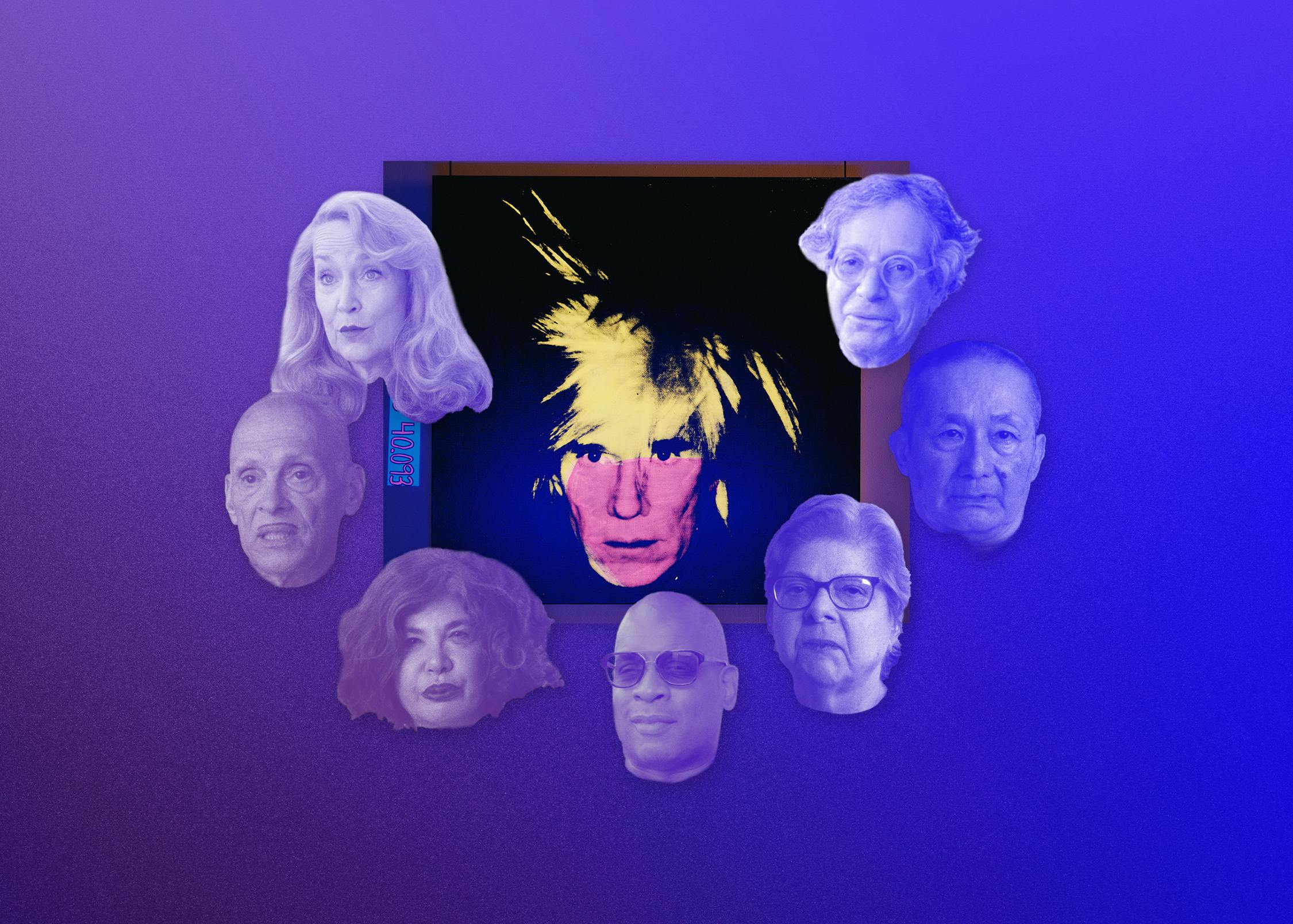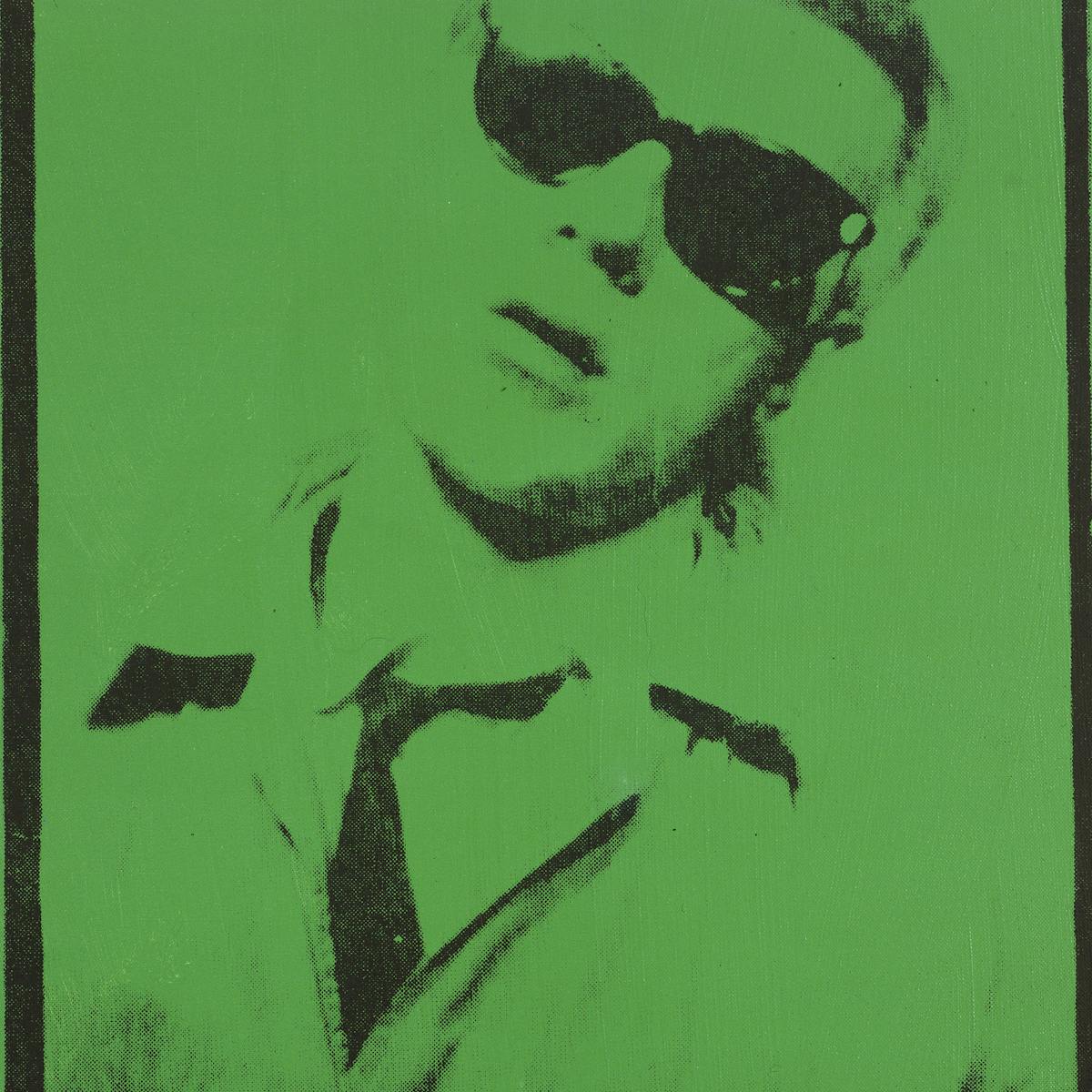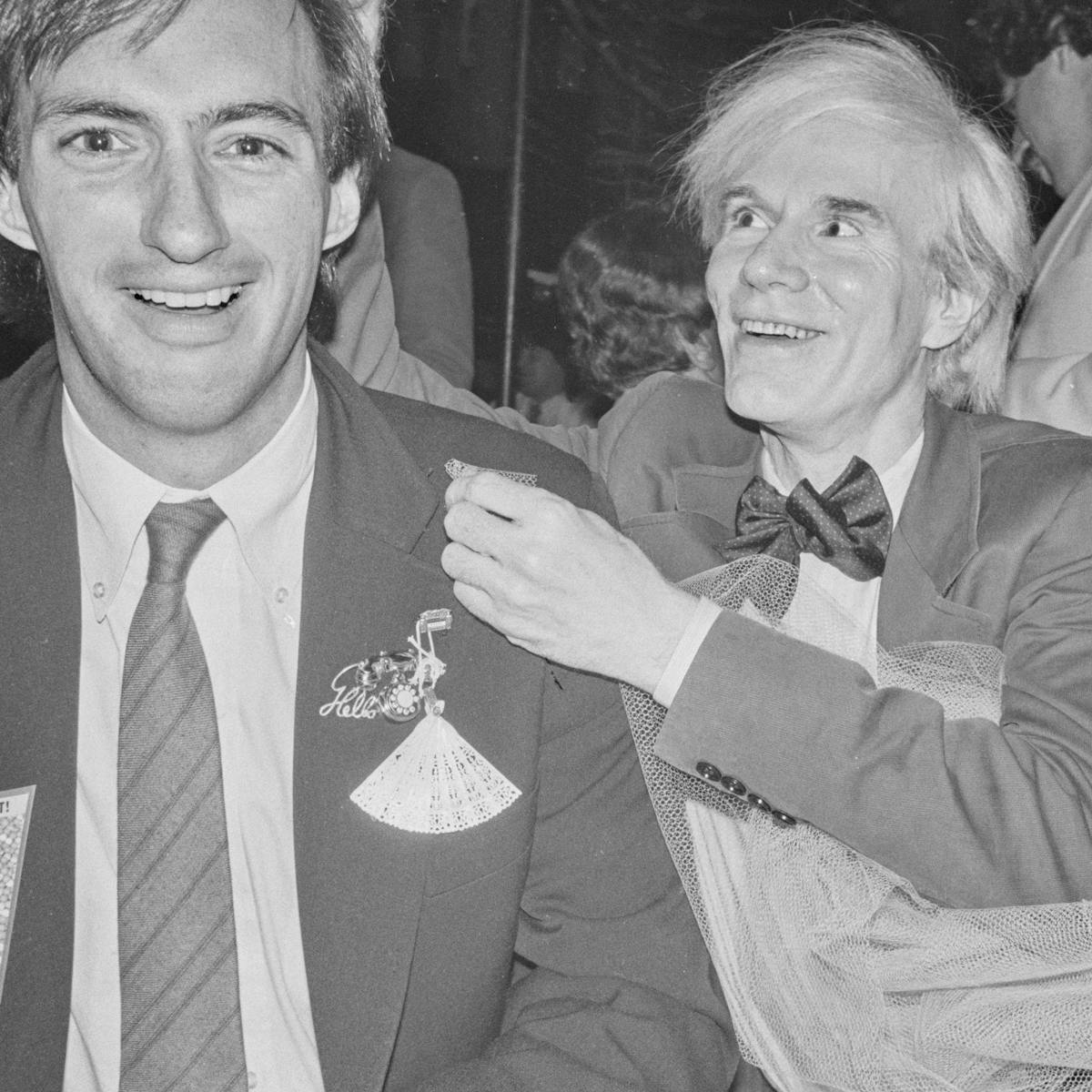The talking heads of Andrew Rossi's Emmy-nominated docuseries.
Early in Andy Warhol’s career, he was asked by an interviewer why he never reveals anything about himself through his work. To this, Warhol responded, “Well, there is not very much to say about me.” The endless stream of Warhol-related movies, books, and exhibits that have saturated the three and a half decades since his passing prove the world would beg to differ. One of the most notable additions to this growing collection is Andrew Rossi’s four-time Emmy nominated docuseries The Andy Warhol Diaries — an expansive yet intimate exploration of the artist’s inner life, told through the lens of his own posthumously published diaries.
Among the series’ signature accomplishments is the exceptional group of friends, collaborators, experts, and scholars who gathered to share their insights into the late artist, possibly for the last time. In the midst of the universal loss of the COVID pandemic, several of Warhol’s closest friends died due to various causes, including his muse Barbara Allen and fellow artist and Warhol superstar Brigid Berlin. “When I sat down with the interviewees,” says Rossi, “We often discussed how this might be one of the last opportunities for a large-scale investigation of Andy’s life and work with his contemporaries.”
In acknowledgment of the series’ phenomenal contributors, we’ve pulled together some of the most impactful quotes shared by its interviewees about Warhol — because there is always more to be said about Andy.

Glenn Ligon
Glenn Ligon, Artist
I went on a high school trip when I was 16 to SoHo. It was the first time I’d seen Warhols in person. And I don’t think I knew what that work was about, but somehow I knew it was important. I didn’t even know I wanted to be an artist then. There weren’t artists in my family and it didn’t make sense as a profession. Seeing Warhol somehow triggered some desire. So even in my 16-year-old brain I knew I was seeing something that was hugely powerful — a kind of way forward.
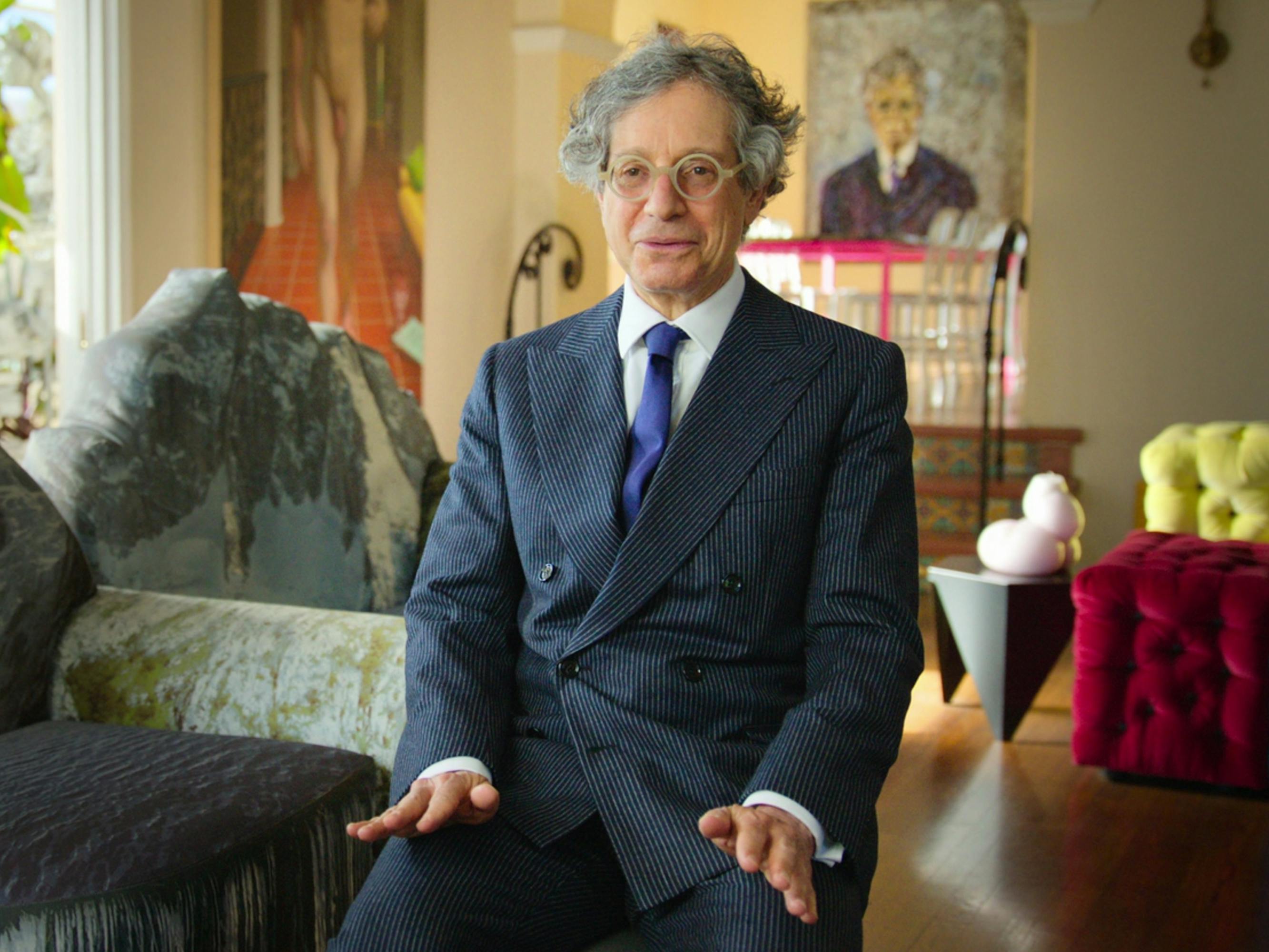
Jeffrey Deitch
Jeffrey Deitch, Art Dealer & Curator
What I loved about Andy’s art is that it wasn’t just painting. It was an expanded notion of what an artist could be, what a cultural figure could be. So, Andy was not just creating art, he was creating contemporary culture.
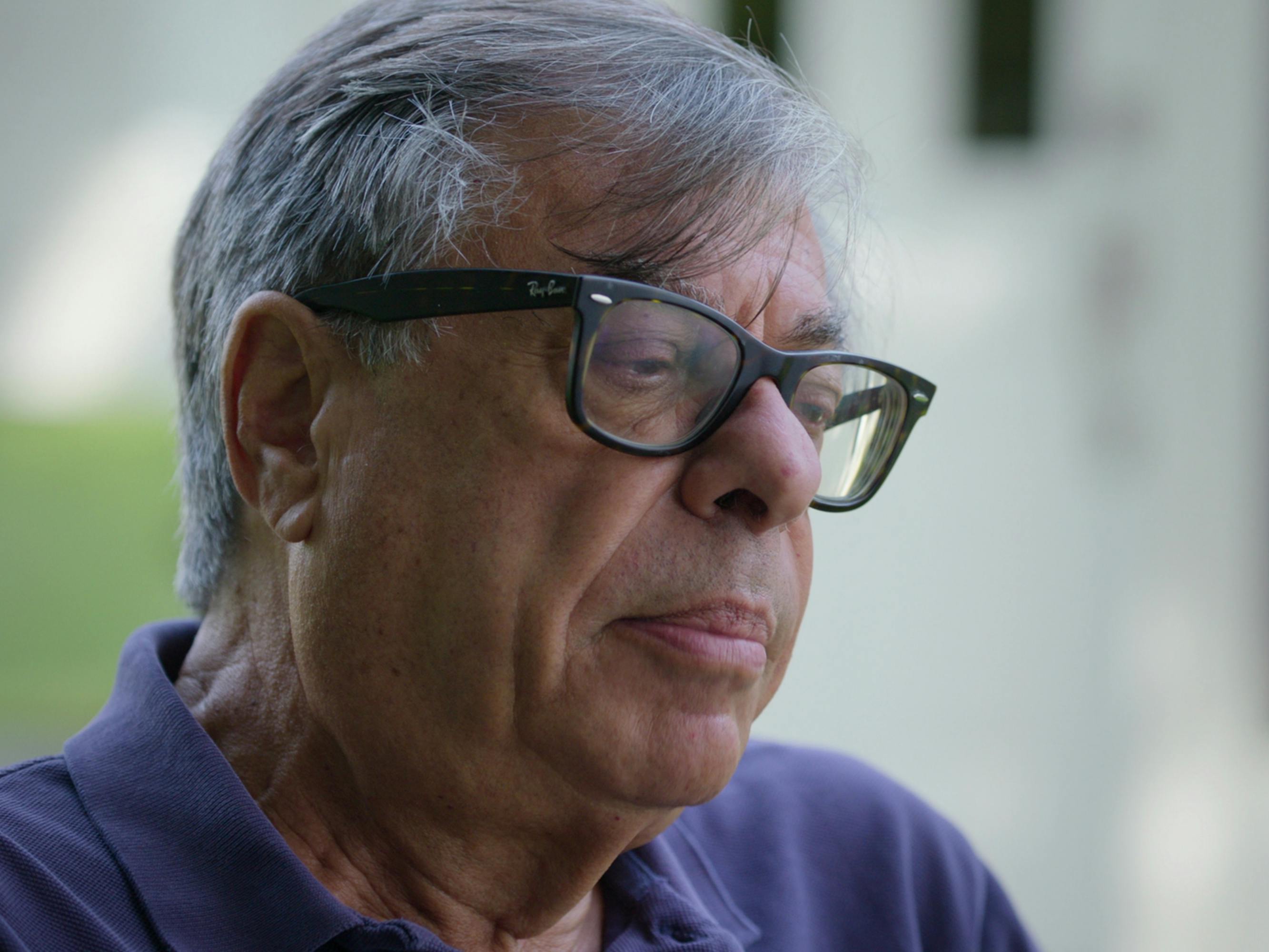
Bob Colacello
Bob Colacello, Editor, Interview Magazine
I guess he was essentially a confused person, but he found a way to turn his confusion into art that reflected the greater confusion of America as a country.

Jerry Hall
Jerry Hall, Model & Close Friend
He painted six portraits of me. He would say, even though other people might be filling in the color, he would choose what color went where, and he was very precise. And if he followed your lip line, he liked you. But if he made your lipstick go over your lip line, then he didn’t like you very much.
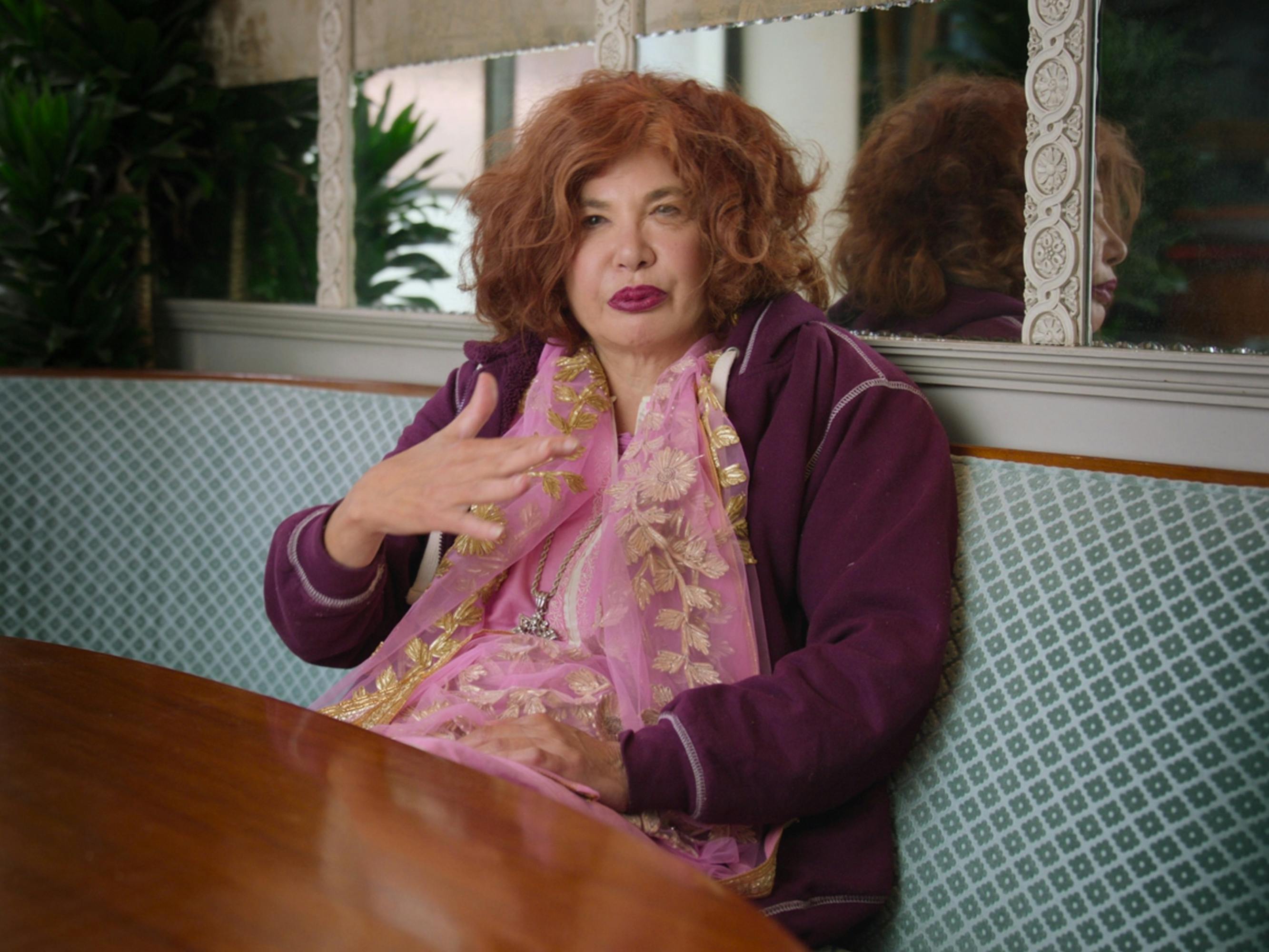
Tama Janowitz
Tama Janowitz, Writer
He had fun every freaking minute. He made any artwork he wanted to create. He went to all the places in the world he wanted to go to. But his loneliness was profound.
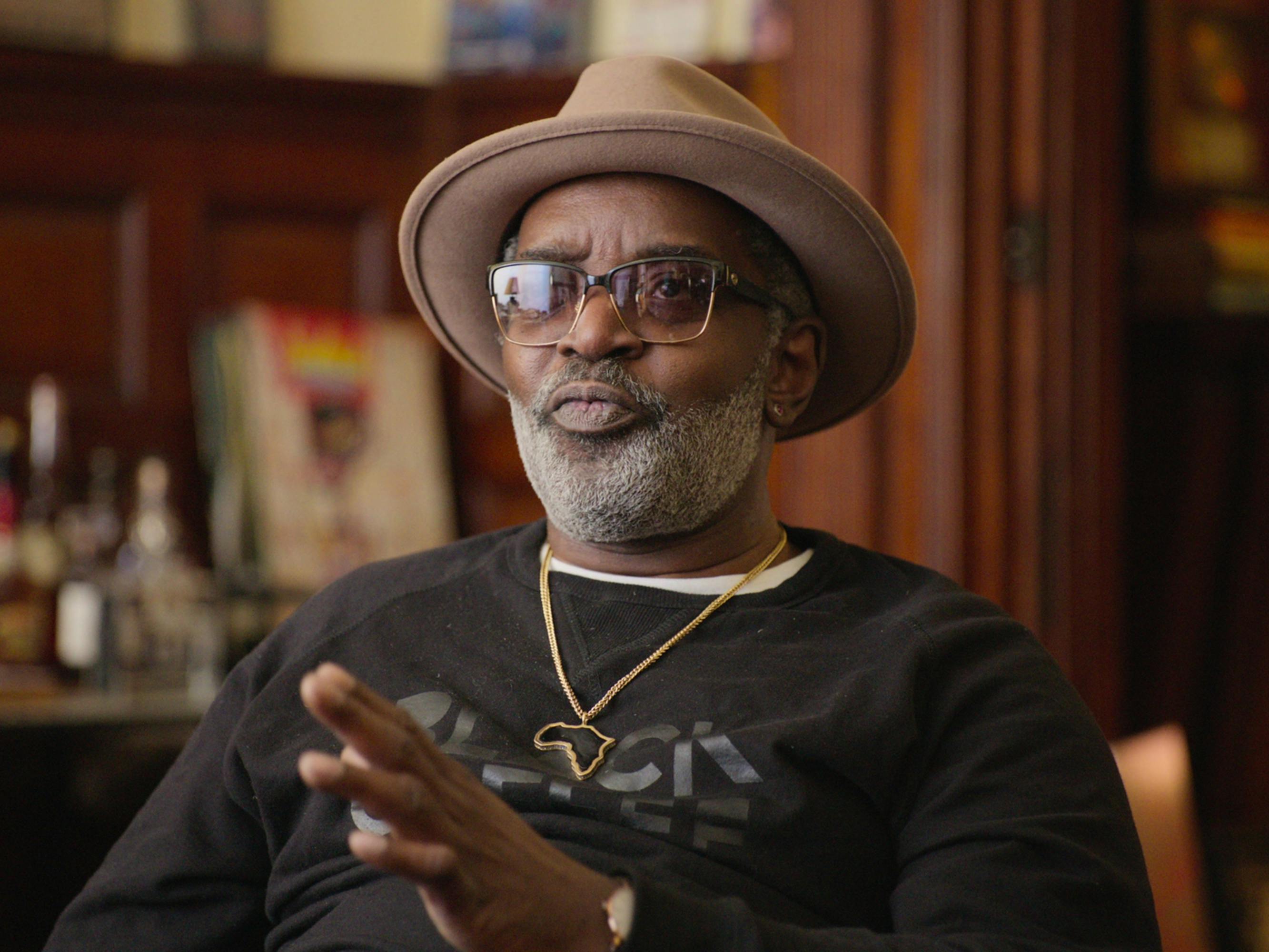
Fab 5 Freddy
Fab 5 Freddy, Artist
It’s almost like he foresaw that people would have this continued fascination with celebrity. And we do now live in this space where literally the 15 minutes [of fame] does exist, practically for everybody on the planet. But just for 15 minutes, which is truer than ever. So you could be famous in that sense for real, but like that, there are new stories and we almost forget. And how few people understand that that was something that Andy Warhol had articulated 30, 40 years ago.

Benjamin Liu
Benjamin Liu, Andy’s Assistant
Critics wrote about The Diaries when it first came out, and they said it was so glossy, on the surface. But they don’t know how to read it, I think. People read The Diaries for different reasons. An art historian reads it to get some clues, right? A social person reads it to make sure their name is in there. If you read between the lines, I mean, it’s poignant, you know? That’s what I got out of it when I read it. It’s not so surface.
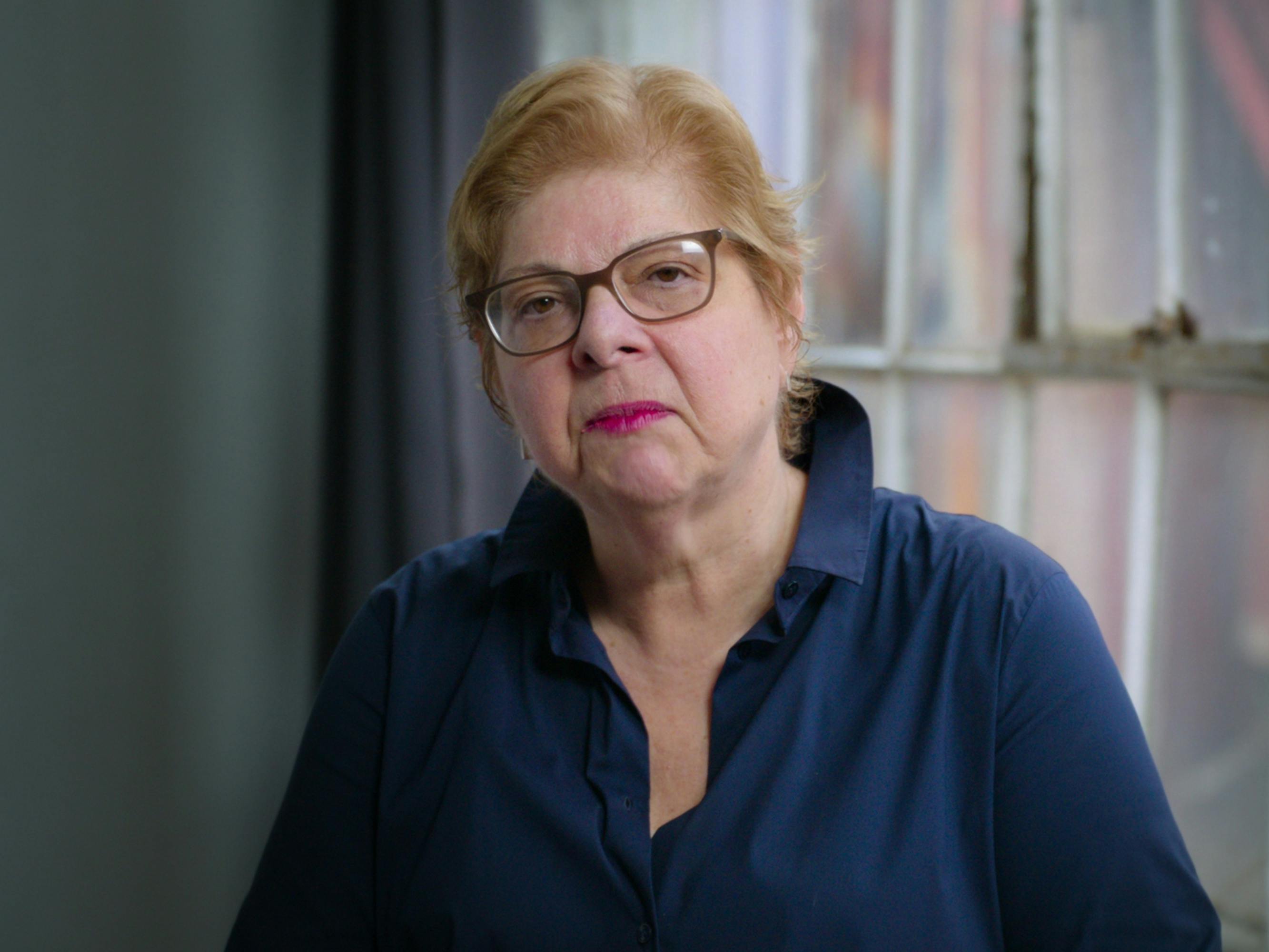
Donna de Salvo
Donna de Salvo, Curator, Andy Warhol From A to B and Back Again
There’s still this desire to see surface, a certain simplicity. And I just think that Warhol was so good at hiding so many parts of his life. But you’ll never figure him out. You can make a million movies, you can write a million books, but I don’t think you’ll ever figure Warhol out, and I hope no one ever does.
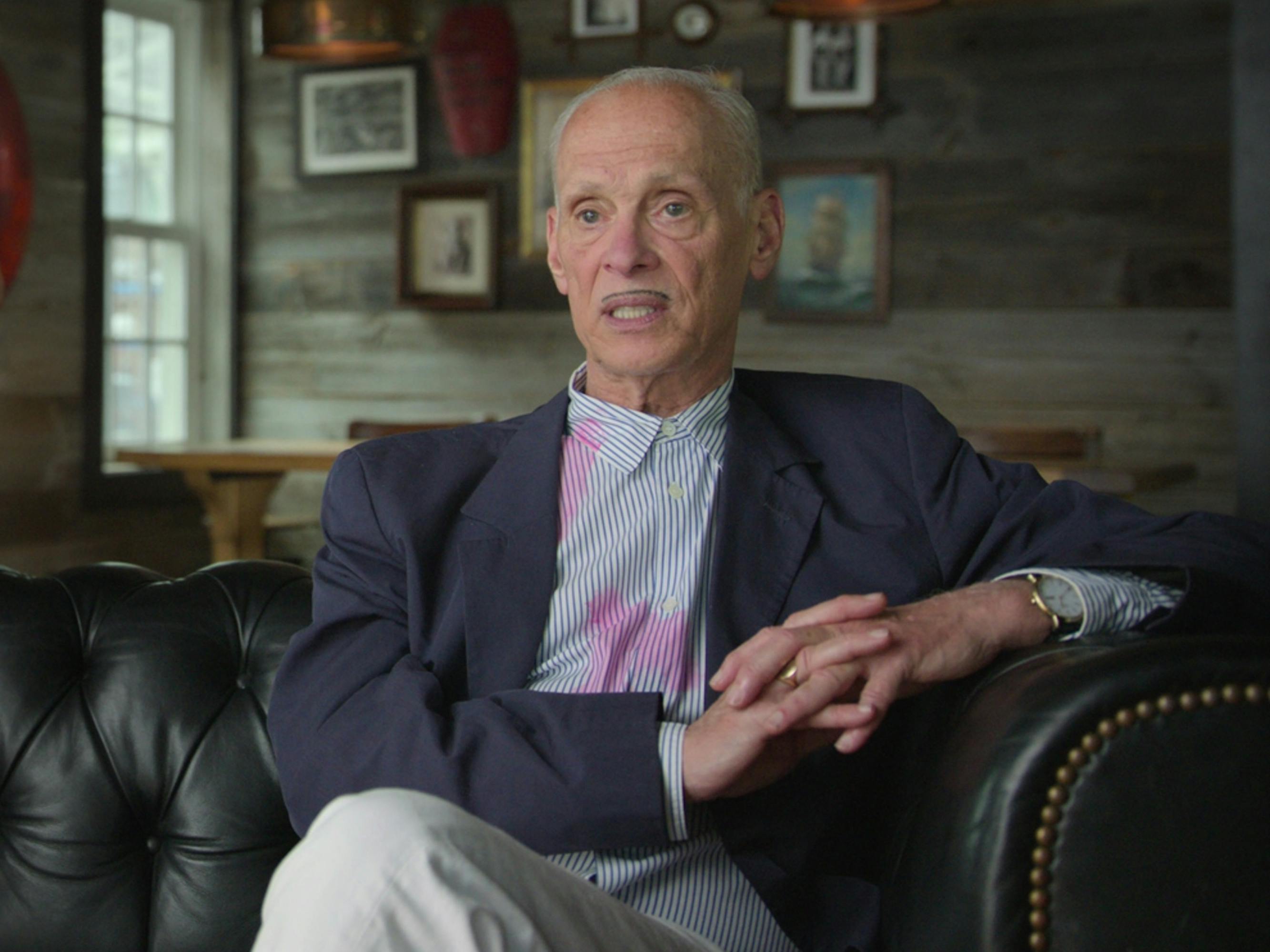
John Waters
John Waters, Filmmaker
I don’t think there will be an end of Andy; I think it keeps going on and on and everything he said becomes truer and truer, and his imagery becomes more imitated and in everyone’s consciousness. I think it is never ending. I think it’s going to go on and on.
